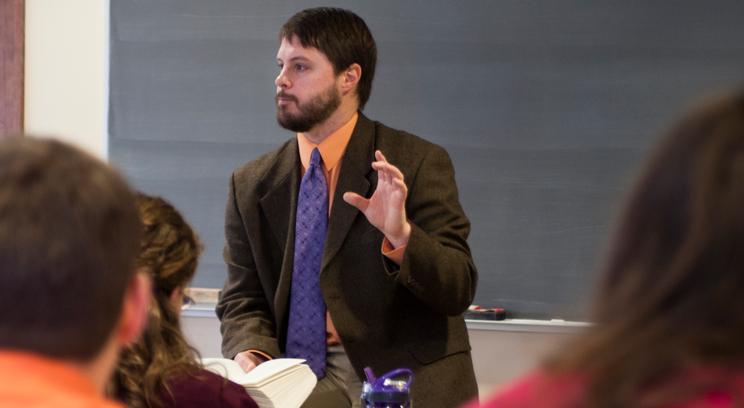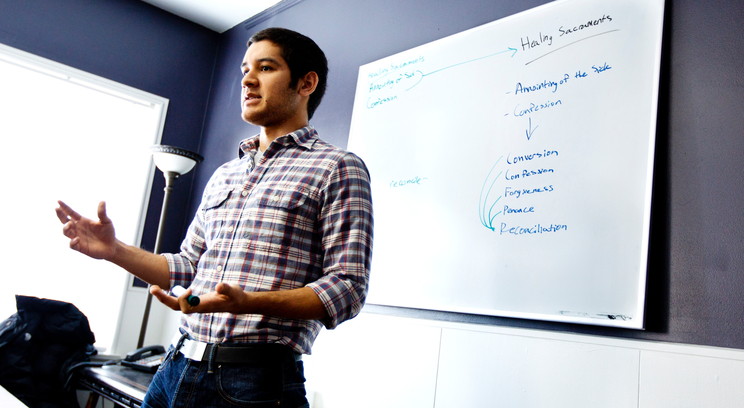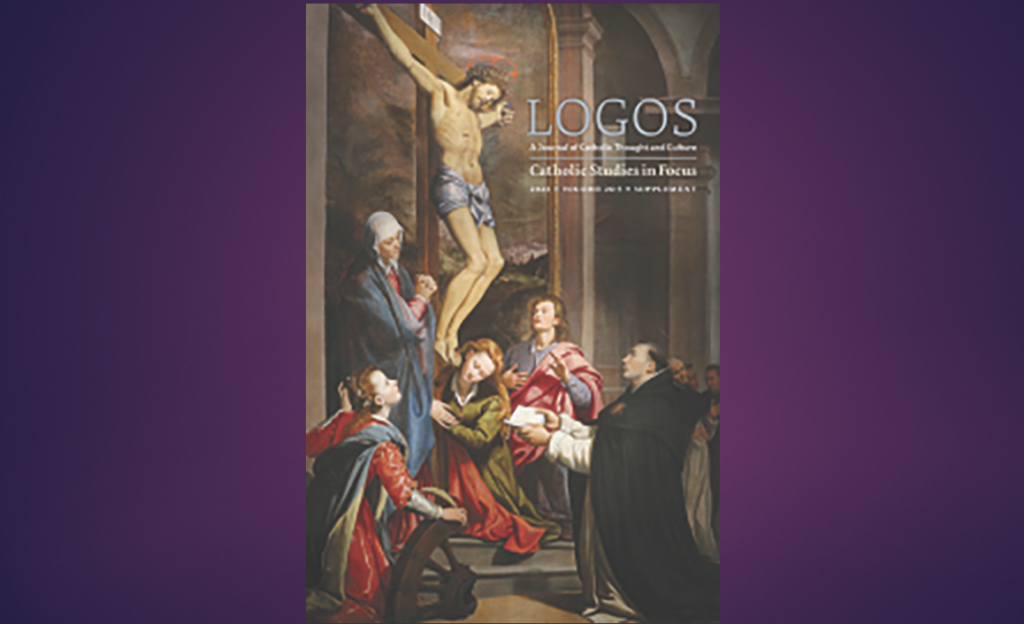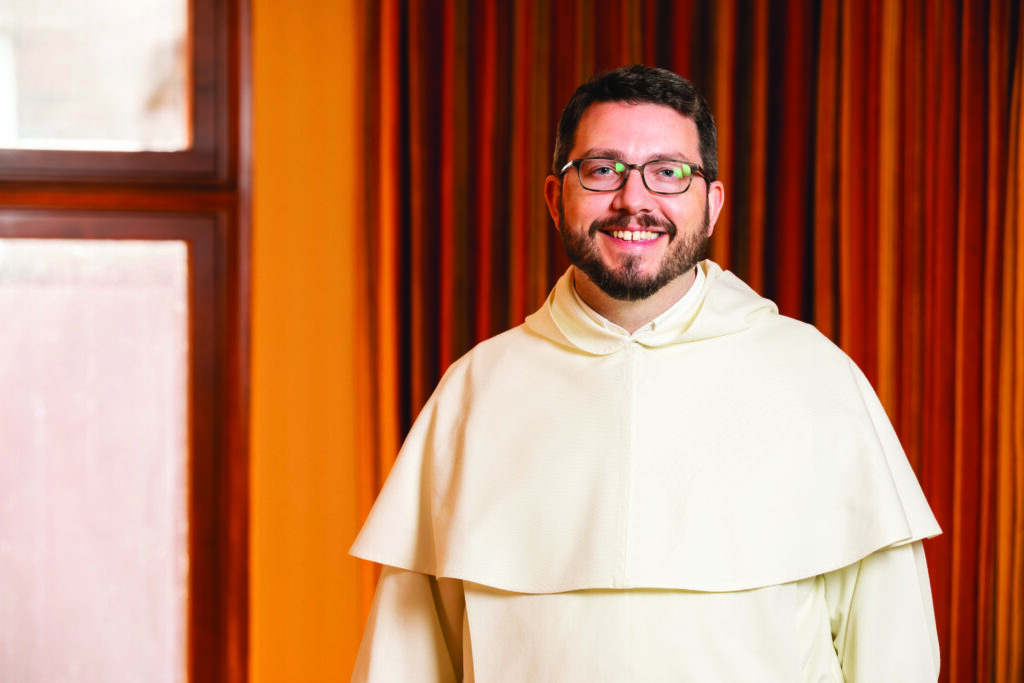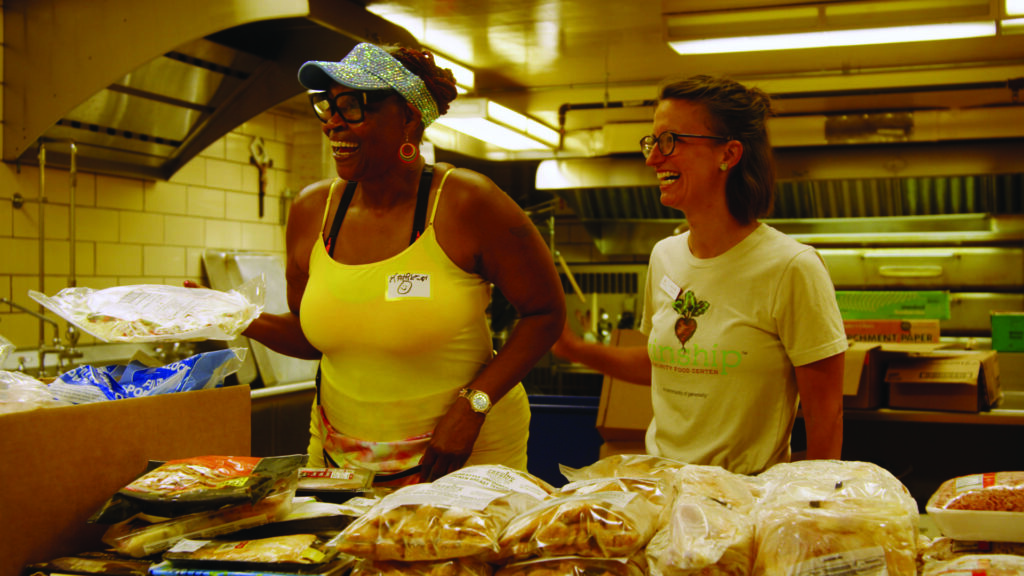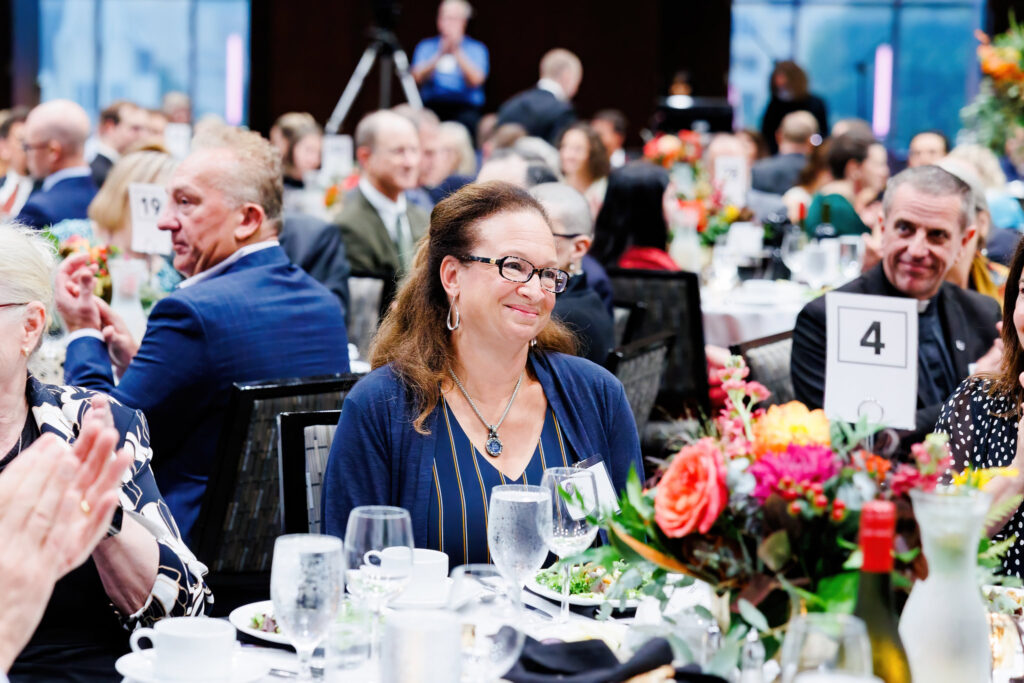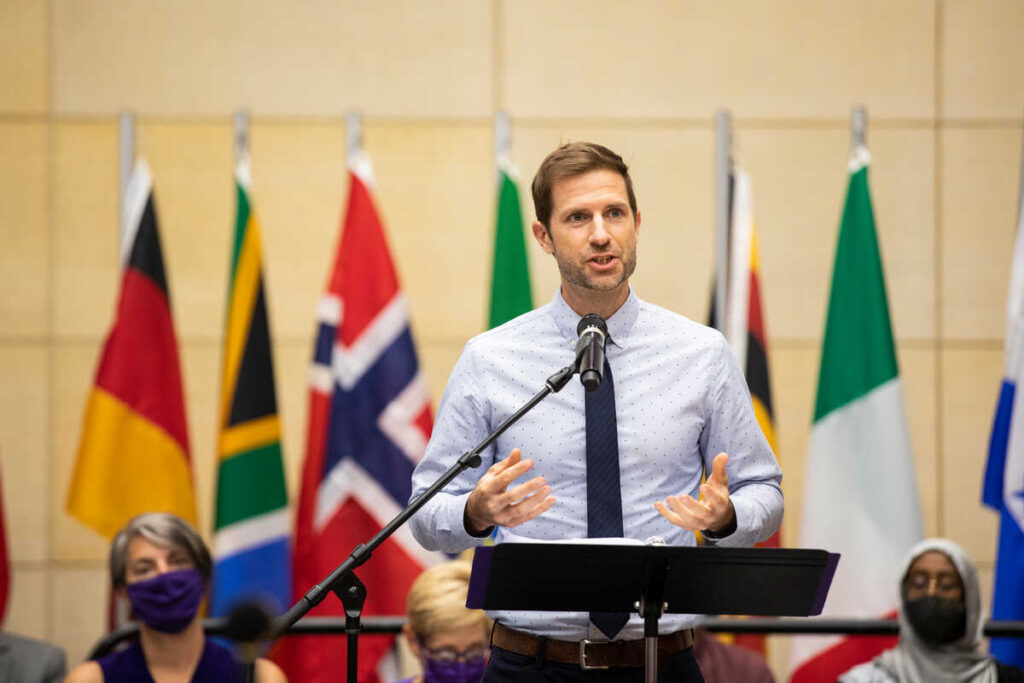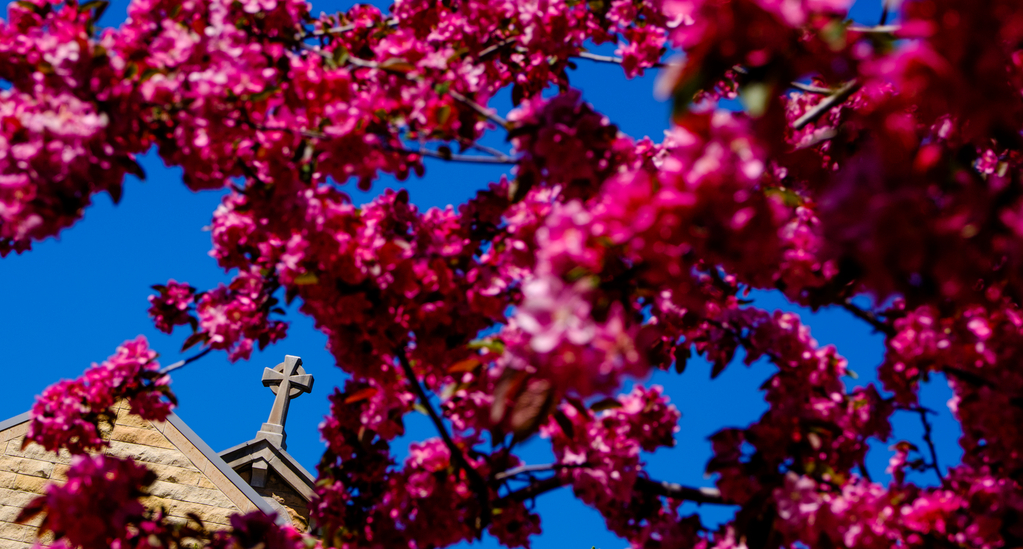Flannery O’Connor once wrote that a “sorry religious novel” comes about when a writer doesn’t fulfill his obligation to see and “penetrate” the concrete reality around him. Instead, the writer simply relies on the “eyes of the Church or the Bible or his own particular theology” to do his seeing, while he can then “rearrange this essential vision into satisfying patterns, getting himself as little dirty in the process as possible.” The true Catholic novelist, she suggests, is meant to see with stereoscopic vision: both the eyes of the Church and the artist are necessary to produce something distinctively Catholic and distinctively worth looking at.
The Catholic Studies major is itself built on O’Connor’s notion. In addition to Catholic novelists, Catholic teachers, doctors, lawyers, soldiers, business professionals and stay-at-home moms do their best, most Catholic work, when they look at life through two sets of eyes. Because of this, Catholic Studies majors are strongly encouraged to have a second major or minor in which they can penetrate the reality of philosophy or physics, psychology or education, or any one of a dozen other fields. But every Catholic Studies course is itself also an exercise in stereoscopic vision, approaching a particular theme (the search for happiness) or an area of study (English writers in the Catholic tradition) from at least one disciplinary standpoint and looking at this in the light of the Catholic intellectual tradition, particularly the light of Catholic doctrine.
Like the search for happiness, the first course in the Catholic Studies core, CATH 301: The Catholic Vision, is thematic. Though the course is not a theological or apologetics course per se, it is the most overtly theological course that students take. In it, students deepen their understanding of the problem of happiness by looking at the world specifically in the light of the two great Catholic doctrines of creation and redemption. They examine these through Scripture, the Catholic visions of other great thinkers of the past and even non-Catholic cultural masterworks. The course asks students, “If these doc- trines are true, what difference do they make to the way we live and under- stand life?”
Dr . Billy Junker, a professor in the Catholic Studies Department, likes to begin with a very close reading of the Gospel of John. This is his attempt at getting students to “see how the theological concepts of creation and redemption they think they understand are made strange and wonderful through the complexity of the gospel’s narrative and characterization.” He also examines Augustine’s notion of politics in The City of God and the thought of Joseph Ratzinger (Pope Benedict XVI) on creation and the scientific method. He finishes the class with a reading of Shakespeare’s “King Lear.”
My own course, modeled on that of Dr . John Boyle, is a seminar covering five main texts, including Romano Guardini’s classic The Lord and St . Thérèse of Lisieux’s Autobiography, two very different books. Austin Weyant, a senior philosophy and Catholic Studies major from New Milford, Conn., appreciated The Lord’s panoramic philosophical approach to the New Testament: “Guardini brought to life many key scenes from the Gospel in such a readable and enjoyable way.” Joseph Scholten, a senior seminarian from Sioux Falls, S.D., said that in reading and discussing The Lord he “was awakened to the radical change that the Incarnation wrought in the world.”
Senior Catholic Studies major Susanna Bolle (Sherwood, Wis.) appreciated the extremely ordinary 19th-century French nun who became a Doctor of the Church: “St . Thérèse was sure to bring the class down to earth, and challenge us by the humility in her little way.”
Not every student is drawn to every text equally. I always tease various members of my class about whether they are members of the Guardini fan club or hate club. The same goes for the other readings. But haters don’t always stay haters. Matthew Bearth, a seminarian from Burnsville, Minn., triple majoring in Catholic Studies, philosophy and psychology, initially found Thérèse illogical and unlovely, but by the end of the semester he told me that his “biggest takeaway” was a “new appreciation for the spirituality” of the saint he initially had abhorred. (Along with two others, Bearth turned the Little Flower’s life and message into a deft and wryly funny rap song for the 2012 Catholic Studies talent night.)
James Baxter, a senior Catholic Studies major and semi- narian from the Diocese of Lafayette, Ind., belonged in the Guardini and Thérèse fan clubs because as a member of both he could explore “both the cosmic and ordinary effect of Christ’s life, death and Resurrection upon every aspect of human life.”
Of course, classes are not simply about texts, no matter how marvelous. Especially in a seminar they are about the give-and-take of serious minds. If Catholic Studies is all about seeing with two sets of eyes, it is also about doing so in a community of people who are not only studying together but praying together and sharing meals. My fall 2012 “Catholic Vision” class decided that our final meeting would be a breakfast made by the class at one student’s off-campus house. We finished our time with eggs, bacon, sweet rolls, coffee, discussion and prayer . As Susanna Bolle observed, “Little did I know on the first day I walked into my “Catholic Vision” class, that I would walk out having gained a beautiful group of people who would call me on to holiness.”
David Paul Deavel is an associate editor of Logos and a fellow of the Center for Catholic Studies.
Read more from Perspectives.
